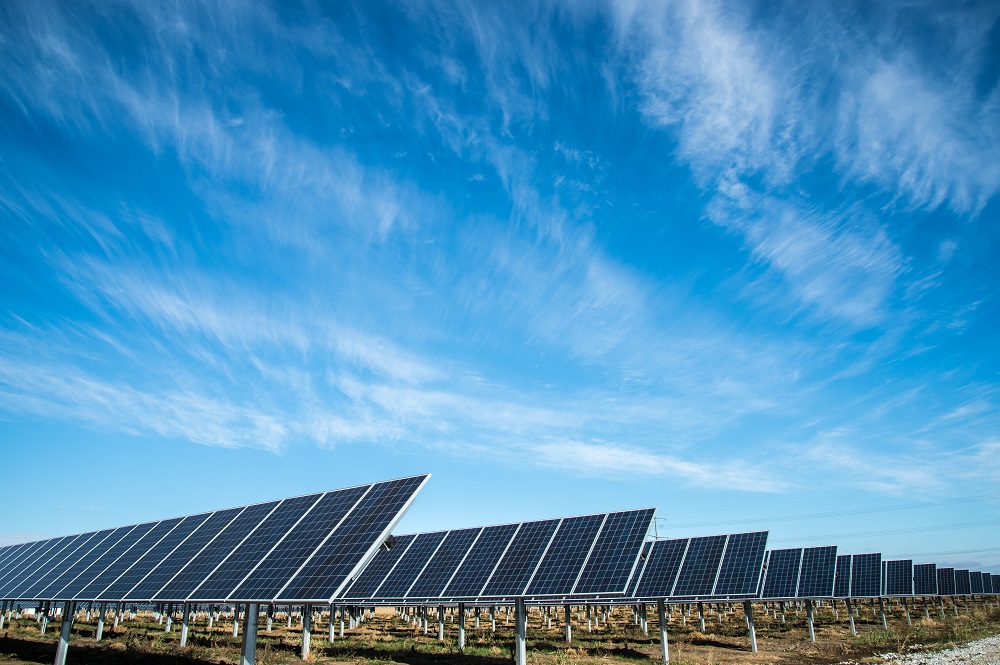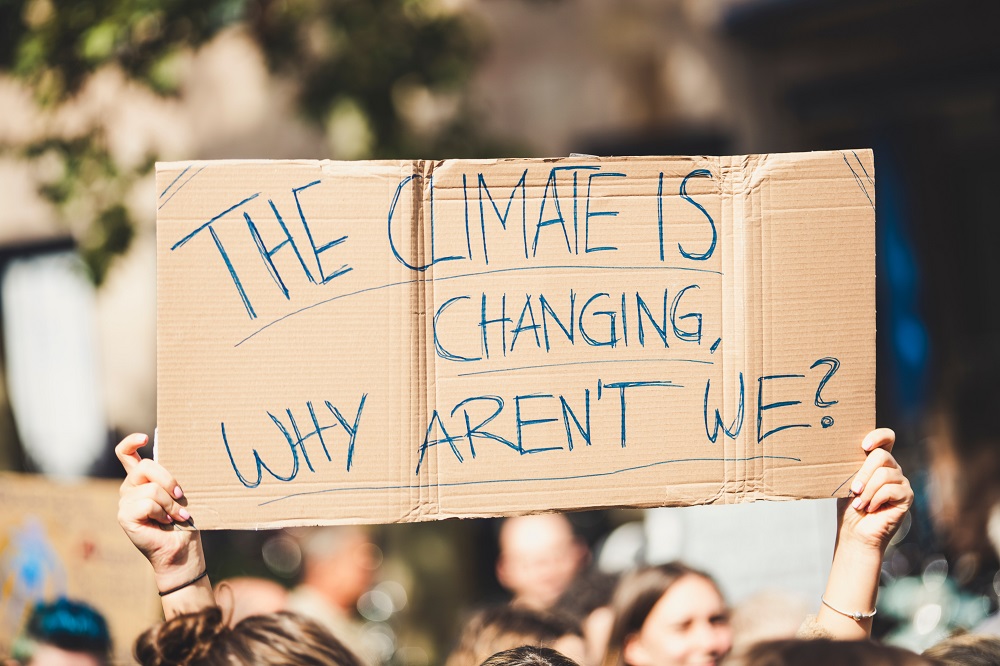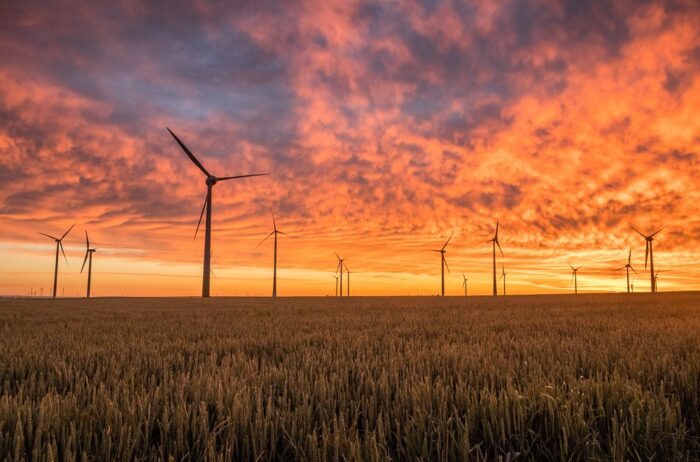The attention-catching green energy or clean energy revolution is making more remarkable progress than anticipated. Solar and wind power have witnessed exponential cost declines, and EVs or electric vehicles are taking the market by storm.
While there is a slight level of crossover between clean energy and green energy, they are not exactly the same. Clean energy is the energy obtained from renewable, zero-emission sources that do not pollute the atmosphere as well as save energy by energy efficiency measures.
What Does Clean Energy Mean?
Clean energy is the energy obtained from sources that release air pollutants, while green energy is derived from natural sources. Renewable energy is developed from sources that are constantly being replenished. Unlike fossil fuels and gas, these renewable energy resources do run out and include wind and solar energy. However, while most green energy sources are considered renewable, not all renewable energy sources are perceived as green. The perfect clean energy combination occurs where green energy meets renewable energy.
But employing green energy is not the same as addressing climate change. While an optimistic projection of green energy is coming true, carbon emissions will continue to rise. This is because of innovation in green energy as well as in the fossil-fuel industry.
While the fracking revolution in the U.S. has seen a positive development, it has had its share of negative effects on the environment. Burning gas and the fracking process itself create environmental problems like carbon emissions.

One notable feature of energy is that it is easy to use more of it. If energy were truly cheap, the world would take several plane trips, build better robots, desalinate more water bodies and terraform more of the earth’s surface. While these are wonderful ambitions, they would lead the world to use both greener energy and more carbon-intensive energy.
Owing to Russia’s attack on Ukraine, oil and gas prices rose dramatically. Yet not many countries are looking to resume the use of nuclear power, a form of green energy. While a more common response to the war was the associated energy price hikes that have insulated consumers from the effects of higher gas prices.
Today, harnessing the power of energy, along with the power of wind, water, and the earth’s heat, has transformed into reality. With technological and financial innovations, renewables are resulting in the transformation leading to energy savings. This is also aiding in reducing carbon emissions, thus offering greater energy diversification.
Read more: ESG & Sustainability: Shaping the Future of Digitized Procurement Value Chain
Is Clean Energy Really Clean?
By definition, clean energy sources are referred to as clean; however, not all sources are clean. While burning wood from sustainably managed forests can be stated as a renewable energy source, it is not clean as it releases carbon dioxide into the atmosphere.
With society continuing to gravitate toward clean energy solutions, there is a growing affinity for resources that are assisting in decreasing reliance on fossil fuels. The clean energy revolution is steadily expanding into the renewable energy sector. Clean energy offers less carbon emission during its energy production lifespan. Investors are increasingly adding environmental, social, and governance (ESG) policies to their investment approach.
By substituting highly polluting resources of energy like coal, natural gas, and oil with clean energy sources, the world can work towards eliminating nearly 25 percent of the global greenhouse emissions. The combination of inelastic demand and constricted supply is inflationary for the prices of the materials, compelling investors to make the transition to green energy, which is much more expensive for consumers. Responsible for the development of rich energy resources — like solar, water, wind, bioenergy, geothermal, & nuclear –the clean energy source will help drive strategic investments in this transition to a cleaner and more secure energy future. For energy sources to be clean, the carbon cost of production and storage should be zero. Therefore, green energy sources such as solar power and wind energy are seen as truly clean.
The clean energy payback is still clean. The energy produced by solar photovoltaics is completely clean and has no carbon footprint. Renewable energy sources like solar panels and home batteries that can store energy are the best options to invest in a greener planet. This jump to clean energy solutions is not without costs, costs that are often overlooked by investors, policymakers, and the public. It is important to evaluate the sustainability of our energy transition and its holistic impact on the clean energy future, the people, and the environment.
Renewable energy cannot be considered perfect. But the world needs electricity, and seeking clean energy sources is better than continuing down the lane of polluting fossil fuels. Clean energy, today, is an essential part of what is required to address the urgent global challenge of climate change. The clean energy industry is expected to continue to grow rapidly in the coming years.

Can Clean Energy Reduce Global Warming?
Fossil fuels have been used for over 150 years. With the increase in their usage, there has been an increase in the release of greenhouse gases that are emitted when these fuels are burned. These greenhouse gases cause the temperature of the Earth to rise, thus giving rise to global warming.
Because green energy does not emit or produce carbon emissions or negatively impact the environment, they do not contribute to global warming. These green sources mean that climate change is not being advanced. However, measures can help to subdue the damage already done to the climate.
Read more: Future Pandemics and Climate Change: Is there any Co-relation?
How Can Clean Energy Help the Economy?
There are financial benefits to clean energy. It leads to the creation of new job opportunities to improve the infrastructure, fabricate clean energy solutions and maintain them.
Clean energy is perceived as a growth sector. With the world beginning to move away from fossil fuels, there can be seen a surge in opportunities arising in areas like eMobility, power generation, and storage. This expertise in developing the next-generation power solutions will benefit in attaining as well as offering chances to those who are slow in employing clean energy.
This rise in the use of clean energy is not just good for the environment but also for the industry too. While the financial implications of clean energy are just part of the puzzle, the real incentive is building a better future for the planet.
Read more: The U.S. & the UK Announce Ban on Russian Oil Imports; What is the Future of Global Energy Supply?
Consequences: What’s at Stake
While it seems increasingly easy to imagine a world driven by green energy innovations and lots of carbon emissions, people will likely praise the former.
The world’s countries are developing their energy supplies in a sequential fashion. Price pressures along the way will likely reinforce this basic logic of growing countries using lots of fossil fuels, thus leading to a universal transition to solar power.
As green energy becomes more common and accessible, batteries will likely become more expensive, as they are built on a variety of scarce physical inputs. During this true green energy transition, the initial slack in demand for oil and gas will make these resources cheap.
To avoid the adverse effects of the climate crisis, it is important to act up and ramp down the reliance on fossil fuels and transition to clean energy. The world’s transition to clean energy sources has led to an increased demand for vital minerals like lithium and cobalt that are essential to building solar panels, electric vehicles (EVs), wind turbines, and battery storage. This move to a clean energy future is coming at the cost of harming people or the environment. Therefore, there is a dire need to uncover sustainable solutions to meet the demands for these critical minerals.
The Future of Clean Energy
The future of clean energy does look bright. With the world being more inclusive of renewable energy capacity, clean energy sources are making up for over one-third of globally installed power capacity.
With the world’s population growing rapidly and the ever-increasing demand for energy and renewable sources, industries are moving to sustainable energy solutions to find the answers, along with protecting the environment. A great deal of assessment is being undertaken to enhance clean energy’s infrastructure and storage capabilities. By 2050, clean, renewable energy could replace fossil fuels. The take-up of clean energy is happening on national as well as global levels. Cities and states are creating policies to boost clean energy use.
Towards a Smarter and Cleaner Future
Clean energy is emerging as the future for the power needs of humanity across the globe. The diminishing fossil fuels supply is driving us toward clean, green, and renewable energy. With continued advancement, the cost will fall, and opportunities will be created to devise and install these new power solutions.
Technological innovations are making energy more accessible than ever. With more people and organizations recognizing the environmental, societal, and economic benefits of clean energy, many states and nations are undertaking the initiative to sign a green power agenda; this will continue to advance and guide them on the path of sustainability. As a result, sustainable energy sources will account for half of our global energy mix by 2030. This transformation will enable the world to meet its growing energy needs more sustainably, thus creating a cleaner and healthier future.
Will the world directly take the green energy route?
While the temper of the green energy revolution is good news, it does not necessarily promise a better energy future.
With presence in New York, San Francisco, Austin, Seattle, Toronto, London, Zurich, Pune, and Hyderabad, SG Analytics, a pioneer in Research and Analytics, offers tailor-made services to enterprises worldwide.
A leader in ESG Consulting services, SG Analytics offers bespoke sustainability consulting services and research support for informed decision-making. Contact us today if you are in search of an efficient ESG integration and management solution provider to boost your sustainable performance.

